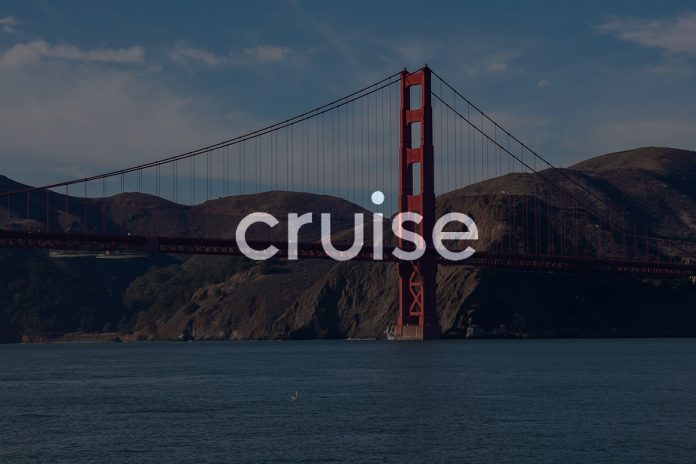The General Motors subsidiary announced the vehicle in a press release written by its CEO, Dan Ammann, followed by a full reveal at a press event in San Francisco, the hub for autonomous driving where the company is headquartered. Ammann shared his vision of creating a “different transportation system entirely”, with a focus on safety, sustainability and affordability. The result of this vision is Origin, manufactured in partnership with GM and Honda, that functions as both a driverless vehicle and a ride-hailing taxi service.
While the Origin looks larger than most autonomous vehicles, it is similar in size to a regular SUV; the reason it looks this way is as a result of the Origin’s minimalistic design. As a driverless, electric vehicle it removes unnecessary elements such as driver controls and rear-view mirrors, replacing them with space for passengers.
The interior of the car has six seats that face towards each other, below the seats are USB ports and above them are screens that provide status updates such as seatbelt reminders, pickups and drop-offs. This design aligns Origin well with its goals of safety, affordability and sustainability – although its hardware is what makes it even more interesting. Origin is a modular vehicle, making it easily upgradable, and more affordable than cars that need new fleets to be rolled out as new hardware is developed. Furthermore, Origin has a “multi-layered sensor suite” powered by machine-learning AI that can make decisions quicker than the human brain and track multiple objects from long distances, in low light and in poor weather conditions.
As a ride-hailing service, Origin vehicles are summoned to the user via a smartphone app. Upon requesting a car, passengers are shown a number, this number is displayed on the exterior for easy identification by the user. This service is owned by Cruise and operates 24/7, allowing users to travel at any time of the day.
Origin is the culmination of years of work between General Motors, Cruise and Honda. Starting in 2016 as GM acquired Cruise, testing their autonomous technology with Chevrolet Bolts and developing in 2018 as Cruise received major investments from Softbank, Honda and T. Rowe Price. 2019 saw Cruise’s vehicles accumulate over one million, autonomously-driven miles.
While it has been a successful journey for Cruise so far, there are still issues for them to tackle before Origin is available to the public. For instance, Cruise have not yet mentioned when they expect Origin to enter production, nor did they mention the price of an Origin taxi ride. Additionally, the car doesn’t yet meet U.S. federal regulations (FMVSS) regarding design, construction, performance and durability requirements for motor vehicles.
Cruise have provided a unique, innovative opportunity for the autonomous sector. Through emphasising user convenience, sustainability and affordability as integral parts of Origin, they have set themselves apart from other key players. However, with obstacles ahead of them, only time will tell if Origin can fulfil its promise to deliver a unique autonomous experience.
By Kurt Dusterhoff











